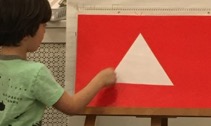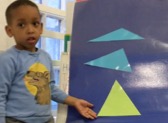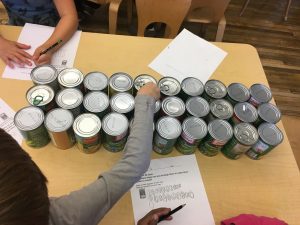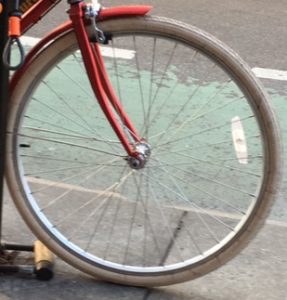First Graders Cook, Question, and Count
By Julie Kim, First Grade Associate teacher
In the real world, we confront daily math problems through a process of noticing and wondering. After our mind has determined a question about a scenario, whether it is counting how many more blocks you need to walk or how many servings to cook for dinner, we proceed to the next step: plan, search, and gather. We plan for what steps we are going to take in order to answer the question. We search for the separate variables and pieces of information that we need in order to solve the question. We gather these pieces of information then puzzle them up in a way that will help us solve the problem. Will we, as mathematicians, get the answer we are looking for the first time around? Not always. Will we get an answer immediately? Not guaranteed. Will we persevere and try over and over again until we do? We should. Through real world work, first graders develop stamina and perseverance as they attack the challenges and questions that they are eager to solve. This is where the real work happens.











